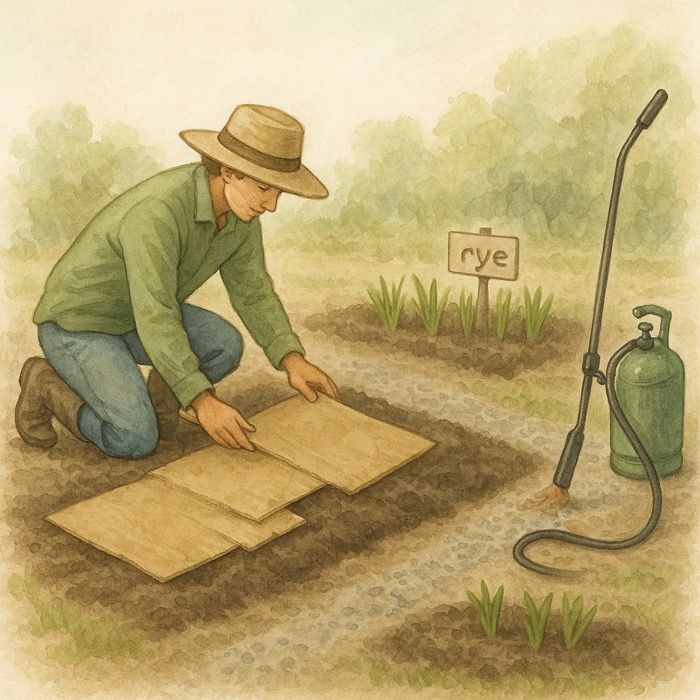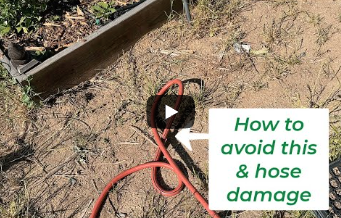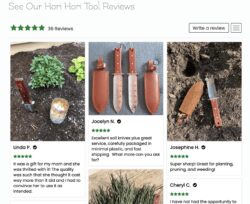Planting Raised Bed Gardens: 8 Tips
Soil for raised beds and more
Let’s talk about the truth and advantages of raised bed gardening. Of course our traditional in-ground gardens are wonderful, but raised bed gardens have something special to offer any gardeners: they allow you to grow more food in less space, tailor your soil precisely to the needs of your plants, and reduce the amount of space for weeds to grow wild. They can add a beautiful aesthetic to your outdoor space, providing flow and structure. Furthermore, the soil in a raised bed warms up earlier in the spring than soil in an in-ground garden bed, allowing you to start your planting season earlier. They enable you to garden without having to contend with stones and roots, and the soil in them is simple to amend each season.
As with life, wherever there are advantages, there are always some disadvantages, and raised bed gardens are no different. They tend to dry out quickly in hot, dry weather, and can leave your plants thirsty and stressed. Our barn cats just love to lounge in them and use the soil as their litter box. Furthermore, when building the raised bed, consider the width to ensure that you can easily reach the center when planting or maintaining your garden. (4 feet across is perfect to access the full raised bed.) With some planning and forethought, these disadvantages are easily avoided.
Here are 8 raised bed tips for you to optimize and enjoy your raised bed gardens to the max this season.
Raised Beds are For Plants Not You (Avoid stepping on the soil)
The most significant advantage of raised bed gardening is the ability to create light, fluffy, absolutely perfect soil. This structure is full of the air spaces and absorbancy that allows roots to flourish and your plants to thrive. Build your raised beds in such a way that you can reach every part of the bed without having to stand in it and compress the soil. If you already have a raised bed and need to walk on it, consider installing strategically placed patio pavers or boards and stepping on those rather than the soil.
Always Add Mulch
Mulching is always a good idea for any garden space. It is especially important in raised beds as the loose, airy soil will lose moisture quickly in the summer heat. You can use bark, wood shavings or other commercial mulch offerings. We typically have our trees trimmed and chipped to provide a healthy mulch that decomposes over the season.
Irrigation System Design
Raised beds are well suited for drip irrigation systems. Sprinklers or overhead watering can be problematic as plants grow and produce foliage as this canopy can prevent water from getting to the soil. We put drip tape under the mulch layer to insure water gets where it needs to be. To prevent overwatering, you can add a soil moisture meter to insure the proper levels.
Install a Root and Weed Barrier
Roots love to find the healthy, nutrient rich and moisture laden soil of a raised bed. Be sure and place them away from trees, and add a barrier (wire mesh or landscape fabric) to help prevent opportunistic root growth and burrowing pests..
Refresh Your Soil Annually (top-dress with compost)
Think of a raised bed as gardening in a very large container. It is essentially a closed system that you need to manage and enhance as time goes on. As with any container garden, the soil settles and nutrients deplete over time. You can replenish and renew yearly by applying a 1-2 inch layer of compost or composted manure before planting each spring. Work this into the first 5 or so inches of your bed soil with garden hand tools (hand rake or cultivator tool).
Work the Soil
Gravity and water will compact the soil over time in your raised beds. To loosen compacted soil in your bed between seasons, simply insert a garden fork as deeply as possible into the soil and work it back and forth. Do this at 8- to 12-inch intervals throughout the bed, and your soil will be nicely loosened without much backbreaking work. This aerates your soil, and will also allow the compost and its nutrients to penetrate the root layer for planting.
Always Cover Your Soil
At the end of the growing season, apply a layer of organic mulch or plant a cover crop (we add a thick layer of leaves). Soil exposed to harsh winter conditions can degrade and compact much faster than protected soil, and also kill helpful bacteria, fungus and crawlers. Furthermore, by incorporating a cover crop, you can improve soil fertility as the crop decomposes after being turned into the soil.
Add an Annual Cover Crop
Planting annual cover crops at the end of the growing season, such as annual ryegrass, crimson clover, and hairy vetch, can benefit your raised bed garden. They add nutrients to the soil, especially if dug into the bed in the spring, reduce erosion, and, in the case of vetch and clover, fix nitrogen in the soil.
Whether you are new to raised beds, or a veteran of this gardening method, hopefully these tips and tricks will enhance your experience and make your gardens blossom.
More From Our Master Gardener
Recent Posts

❄️ Snow as Fertilizer – The Truth About “Poor Man’s Nitrogen”

5 Unexpected Winter Weed Control Strategies (That Don’t Involve Mulch)

Harnessing Winter Sun – Passive Solar Tricks for Your Garden

How to Grow Spinach – The Ultimate Beginner’s Guide for Tender, Nutritious Leaves

How to Grow Peas: The Ultimate Beginner’s Guide for Sweet, Crisp Harvests














